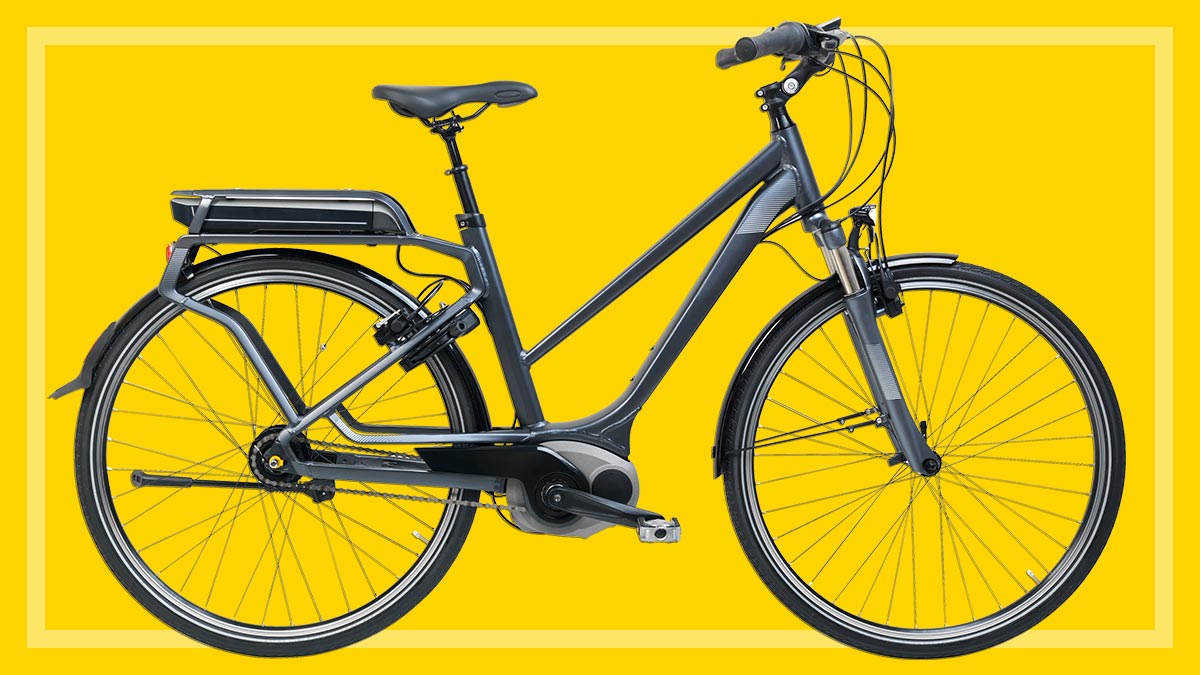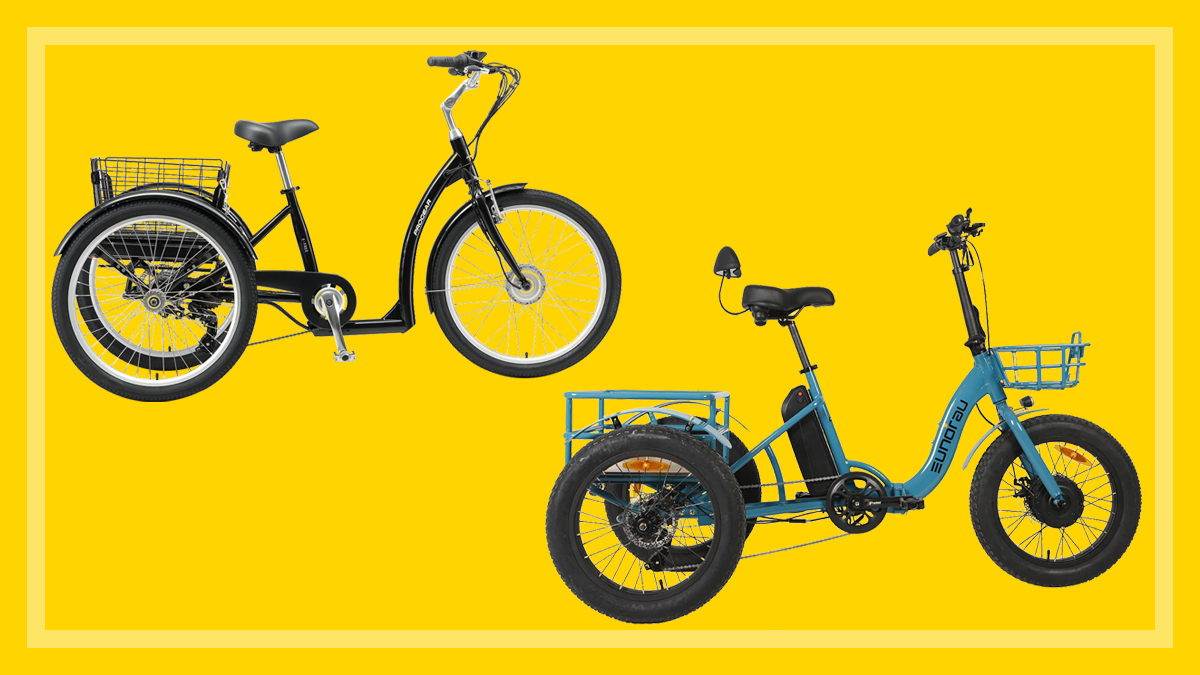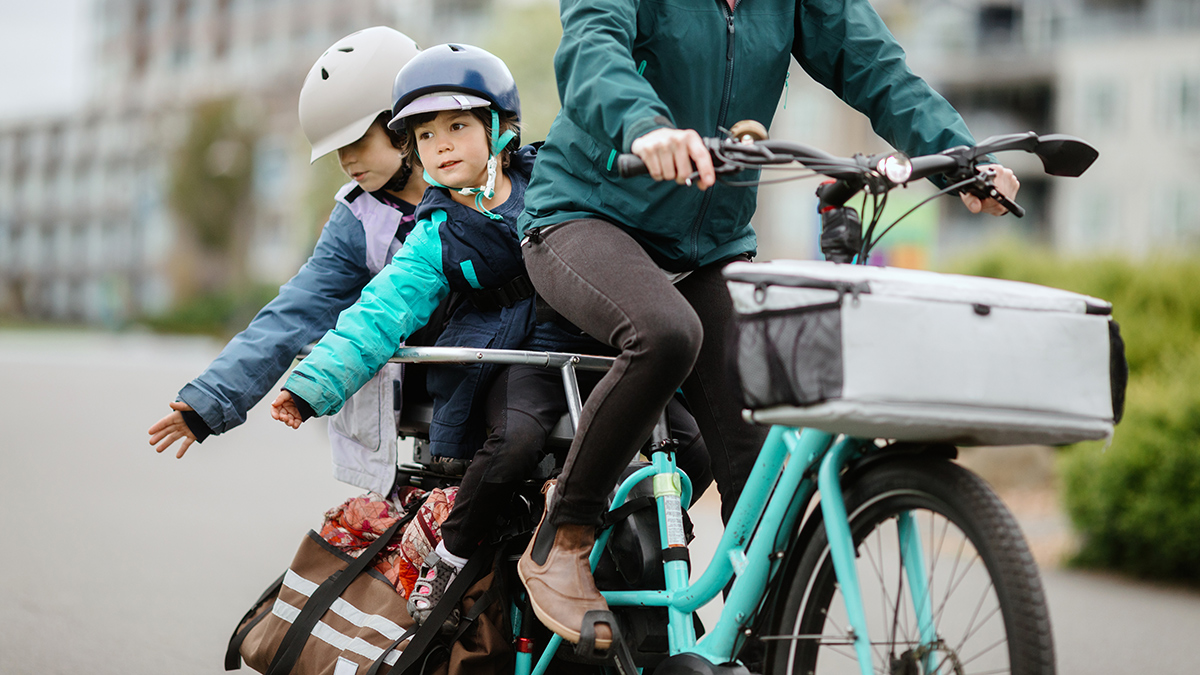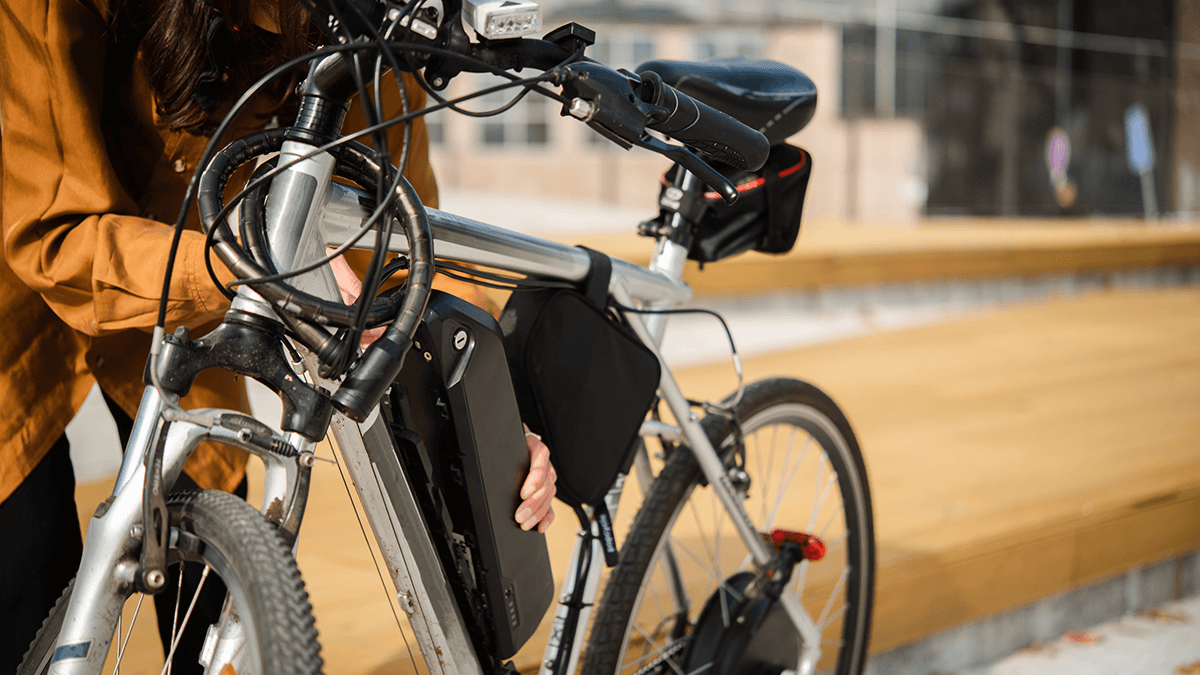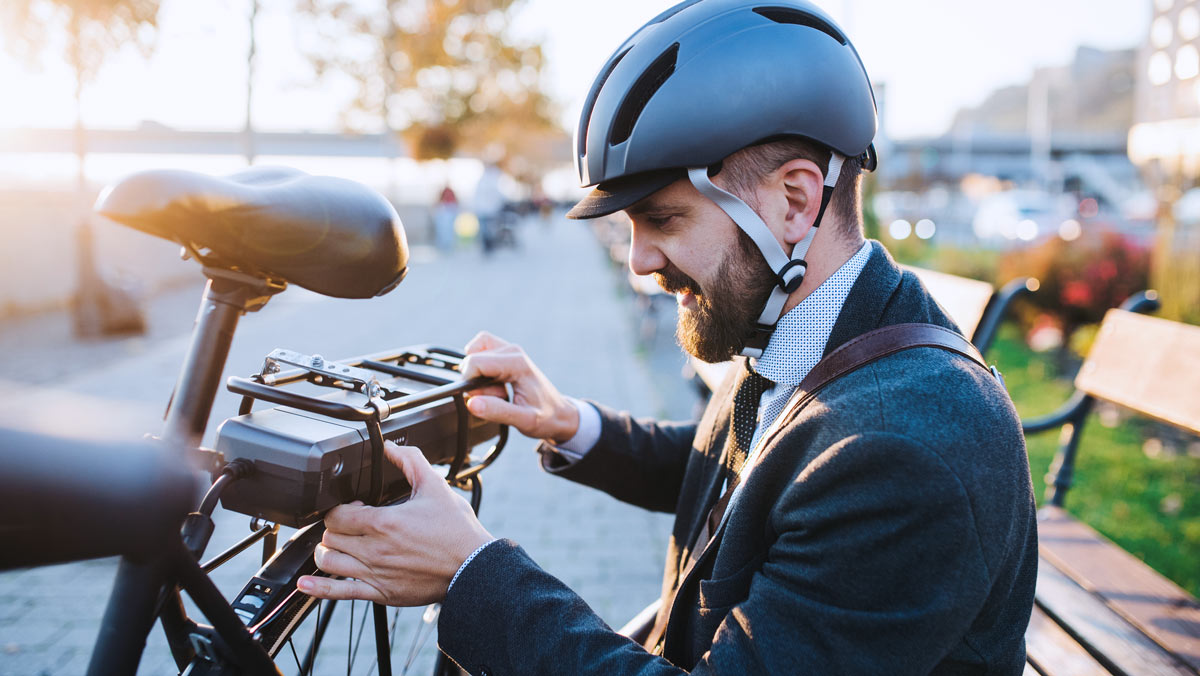Get our independent lab tests, expert reviews and honest advice.
Should you buy an electric bike?
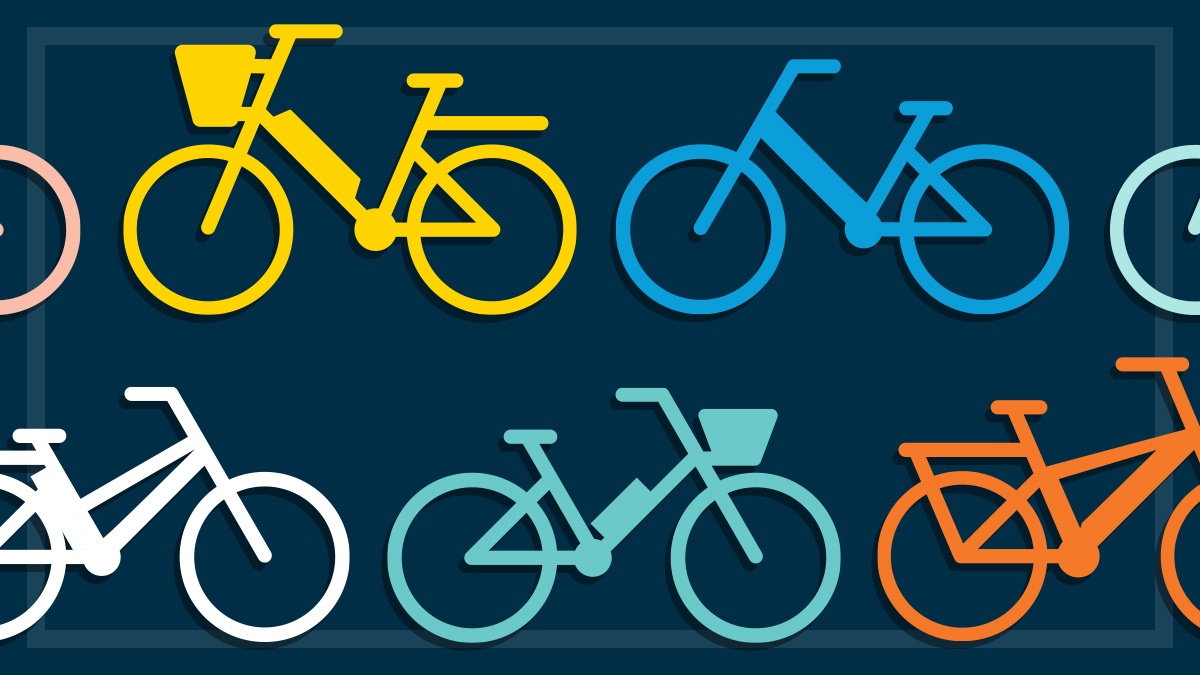
Need to know
- Electric bikes have a motor that boosts your pedal power, making riding easier and faster and helping with hills
- They can make cycling more accessible because they're less physically demanding than riding a regular bike, but they do have drawbacks
- Our experts tested 21 different electric bikes ranging in price from $1325 to $5299, giving them a rating for power, braking, ride comfort, battery life and more
On this page:
- Should you buy an electric bike?
- What to look for in an electric bike
- Electric bikes: The pros
- Electric bikes: The cons
Sick of soul-sucking car commutes? Sore from struggling up hills on your treadly? Dreaming of being a cyclist but not sure you’re up to the challenge?
Electric bikes can make cycling faster, easier and more accessible – and could help your body, your wallet and your carbon footprint.
But they don’t come cheap: you’re looking at thousands of dollars for a good one. So are these bikes worth the bucks?
Electric bikes can make cycling faster, easier and more accessible
Full disclosure: I own an electric bike and love it – it’s changed my life for the better. So while I am biased, I’ve also experienced the positives and negatives first-hand.
I’ll share some of my perspectives plus expert advice from our testers to explain the drawcards, drawbacks and things to consider about electric bikes to help you decide whether an e-bike is the right choice for you.
Should you buy an electric bike?
So are electric bikes worth it? Our experts say yes, depending on your situation.
“I think they are, especially if you’re doing a lot of riding in areas that have a lot of hills. The pedal assist really does come in handy,” says CHOICE test expert Elias Plastiras.
Are electric bikes worth it? Our experts say yes, depending on your situation
“Personally, I definitely think they’re worth buying,” says Petr Valouch, another test expert who happens to be an electric bike owner.
“Since I bought my bike six years ago I haven’t looked back. It gives you the freedom to still use it for exercise and it gives you the extra boost when you need it on hills and against the wind.”
“Owning and using an e-bike can become habit forming,” says CHOICE expert Denis Gallagher.
“For all those short treks where you’d automatically jump in your car, you’ll quickly start reaching for the helmet rather than the car keys. It’s simply a lot more enjoyable and more of a treat than a chore to get from A to B.”
However, electric bikes are expensive and they’re not suitable for all riders or all situations, so your best bet is to do lots of research and take a test ride or hire one before you commit.
Should you buy an electric bike?
What to look for in an electric bike
Our test experts put 21 electric bikes through their paces – literally – to see how they performed. Here’s what Elias recommends you do before buying an electric bike:
“Go to the shop; check them out. Get on the bike and ride it – do a test ride,” he says. “You’ve really got to test the bike out so you know what you’re getting when you actually buy it.”
Petr says it’s also a good idea to see how easy the battery is to use: remove it, charge it and put it back onto the bike. And the features to look for?
“The main things are the comfort of the ride, the pedal assist, the safety features and the practicality,” says Petr.
You’ve really got to test the bike out so you know what you’re getting when you actually buy it
CHOICE test expert Elias Plastiras
You’ll need to decide whether to go with a mid-drive or hub drive bike – basically, where the motor is located. There are pros and cons to each, which we explain in our guide to buying the best electric bike.
A throttle can be helpful to get you going faster from a standing start, especially up a hill, but they do drain the battery faster. Bikes with a higher-watt motor will also help you get going faster.
Elias says hydraulic disc brakes are the way to go as they’re very effective, especially when going downhill at speed. Safety features like lights, reflectors and a bell are non-negotiables, obviously.
“And of course the assist level: can you go from a high assist to a low assist quickly?” he says.
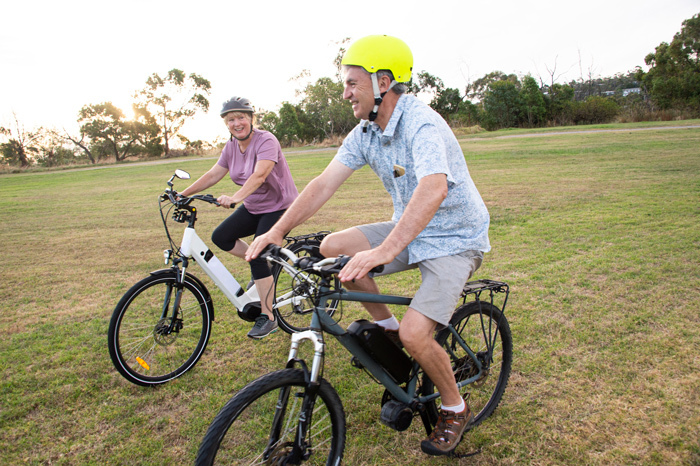
Electric bikes: The pros
Fresh air, exercise, a cheaper commute and more: here’s what you’ll love about electric bikes.
Easier riding
Whether you’re already a cyclist or you want to become one but can’t bear the thought of slogging it up hills, you’ll love the ease of riding an electric bike.
They’re not like a motorbike – you’ll still need to pedal – but the motor essentially boosts your pedal power as you ride, making things faster and easier. Compared to a regular bike, you’ll get far more out of your pedalling, which really helps on hills.
Because they’re less physically demanding than non-electric bikes, they make cycling more accessible for people who wouldn’t usually consider riding: people with physical limitations, commuters whose trip is just a bit too far or too hilly to cycle on a regular bike, and anyone who doesn’t want to arrive at their destination a sweaty mess.
The pedal assist will help you ride faster and accelerate faster from a standstill than a regular bike, helping you keep up with the traffic
The pedal assist will help you ride faster – up to around 25km/h – and accelerate faster from a standstill than a regular bike, helping you keep up with the traffic. Slow cyclists aren’t very popular during peak hour!
Most of the e-bikes you buy can go faster than 25km/h and there are bikes available with a motor power rating well above 500 watts. However, current state and national regulations stipulate that an e-bike can’t be ridden on public roads or paths if the pedal assistance provided by the motor is faster than 25km/h.
This may change in future as Australia has some of the most conservative legislation in the world in this regard, but at the moment there seems to be no movement by the state or national government to lift the current speed assist and power restrictions.
Having an easier ride means you’re more likely to stick with it, too, whereas if you buy a regular bike and find it difficult to ride, you might just abandon the idea altogether.
The environmental benefits
This is one of the main drawcards of an electric bike. Each time you ride instead of drive, you’re reducing your carbon footprint.
E-biking rather than driving can save hundreds of kilos of carbon dioxide being released into the atmosphere each year, but even if you’re only using it for a couple of trips a week that will still make a big difference.
Fewer cars on the road means faster commuting time for drivers, so there’s a flow-on effect too.
Each time you ride instead of drive, you’re reducing your carbon footprint
Yes, e-bikes do need electricity to charge, but even if your power comes from a coal-fired plant, it’s still producing far fewer emissions than a fossil fuel-powered car. And if you have solar or buy greener energy, you’ll be reducing your carbon footprint even further.
Making sure you get a good quality e-bike with good components will mean they last longer as well, and a longer lifespan for any product means a better outcome for your bank account in the long run.
No more sitting in traffic
Commuting by car is exhausting, frustrating and feels like a waste of your time. But with an electric bike, you can skip the traffic by either riding around it at red lights or taking the cycleways.
You’ll also never have to worry about finding parking – a huge win in built-up areas.
For a quick trip to the shops or to meet a friend for coffee, jumping on your e-bike can be much less hassle, and you’ll arrive with a smile on your face and a spring in your step.
It’s a sweet feeling sailing past cars banked up at red lights or riding straight into the heart of a busy location while other people spend 20 minutes finding a park!
You might be surprised by how quickly you can get around
You might be surprised by how quickly you can get around, too. My 7km commute from home to the office takes 20 minutes by car, but on my electric bike, it’s just 18 minutes. The trip home is also around 20 minutes by bike but by car it’s at least 25 in peak hour, or more if there’s a crash or road closure.
They’re not huge time savings, but I was pleasantly surprised to find that riding is actually faster than driving for some trips. Obviously it’s different for every rider and every location, but it still makes for a far quicker and easier ride than a regular bike.
The health benefits
Getting around by bike is fantastic incidental exercise – you’ll get to where you’re going, but you’ll also get a gentle workout on the way.
They’re a great place to start for people who aren’t fit or who have limited mobility due to joint pain or other issues. Even if you’re riding slowly with the power turned all the way up, you’re still moving your body and building up strength.
If you’d like a bit more of a challenge you can dial down the pedal assist. I set my bike at about half power so I’m still working hard but the hills aren’t a killer (it’s quite hilly near CHOICE HQ!).
Even if you’re riding slowly with the power turned all the way up, you’re still moving your body and building up strength
Electric bikes are heavier than regular bikes, so depending on how you like to ride, you may even be getting as much of a workout as you would on a non-electric bike.
My bike weighs a hefty 35kg, so I figure that even with the pedal assist I’m still working about as hard as I would on a lighter non-electric bike – and with my child or a load of groceries on board, probably even harder.
(However, only two of the bikes in our test are over 30kg, ranging in weight from a diminutive 16kg all the way up to 36kg.)
It’s also a great mental health boost: you’re out in the fresh air and sunshine, getting those lovely endorphins flowing, and feeling good about reducing your carbon footprint. Plus, you’re skipping the stress and boredom of commuting by car which would normally be a drain on your time, energy and happiness.
The financial benefits
Even with the upfront cost, electric bikes come out well ahead of cars in terms of the toll they take on your bank account.
Think about how much you pay to run your car: there’s the petrol, rego, insurance, servicing, tyres, tolls and car repayments if you have a loan. Depending on the type of car you drive and the distances you travel, that can really add up. All for something that sits idle most of the time!
When I bought my electric bike, I sold my car, which was a huge life adjustment but also a huge adjustment to my budget. With the savings I was making, I could easily justify the cost of the occasional Uber or taxi, and hiring a car or van as needed.
Every time you ride instead of drive you’re saving money – and reducing the wear and tear on your car
Even if you were to buy an electric bike in addition to your car, every time you ride instead of drive you’re saving money – and reducing the wear and tear on your car.
If you’re not sure about dropping thousands of dollars in one go, some companies rent bikes, which is a good way to try out e-biking to see if it suits your life before you commit.
Most bike shops will also let you trial a bike before you buy. I was able to do a two-week trial before buying my bike – long enough to figure out whether it was something I could sustain, and to decide what add-ons I’d need.
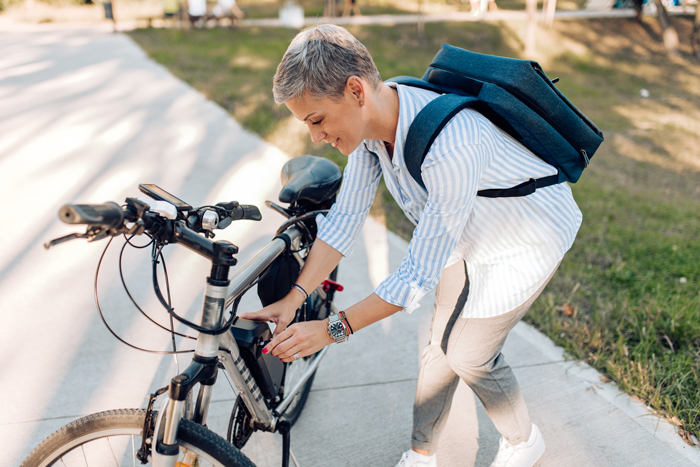
Electric bikes: The cons
E-biking isn’t all rainbows and sunshine. Besides helmet hair, there are some very real drawbacks to electric bikes that you’ll need to consider.
The cost
Buying an electric bike isn’t a cheap proposition: the ones we’ve tested ranged in price from $1325 to $5299, but there are more expensive bikes on the market, especially if you’re looking at a long-tail cargo bike or a box bike to cart the kids, dogs or groceries (or all three!) around.
Depending on how you plan to use your bike, there’s also the cost of accessories and potential modifications, plus safety gear like a helmet, good-quality lock, gloves and highly visible riding gear. And don’t forget to account for higher servicing and maintenance costs than for a standard bike.
It’s also a good idea to take out specialist bicycle insurance to cover you for third-party liability and theft. Some insurers also offer cover for injury and loss of income.
Safety
Ride safety
There’s no denying that you’re more vulnerable on a bike than in a car, even if you’re sticking to cycleways and footpaths. Stacking it on concrete can be painful at best and bone-breaking at worst, even on a non-electric bike.
And the faster you ride, the harder you fall, so an e-bike’s quicker pace can mean more serious injuries.
Riding on the road is riskier again. You’re not only relying on your riding ability and situational awareness, you’re also depending on car drivers to actually check their blind spots or see you coming. (You’d be surprised how many drivers fail to spot my gigantic bike.)
Being hit by a car can end your bike-riding days – or your life. The human body doesn’t stand much of a chance against a huge metal object travelling at speed. Even a car travelling at low speed can do significant damage that could affect you for the rest of your life.
Regardless of where you ride, the risk of injury is real and shouldn’t be taken lightly.
Unlike in some European countries, where cycling is more common, Australian drivers often aren’t used to bikes being on the road, so aren’t familiar with how to drive safely around bikes.
Road rage
Then there’s the very real and unpleasant fact of copping abuse from drivers who don’t think bikes should be allowed on the road.
It’s not only frustrating, but can be quite scary when you’re the target of an aggressive driver – especially if you have a child on board.
Battery safety
The heart of an electric bike is the lithium-ion battery, but they do come with risks. If you use or charge them the wrong way, they can overheat, catch fire or even explode.
When charging your battery, use the original charging cords and plugs that came with the bike, unplug it as soon as it’s fully charged, and be careful about where you charge it: keep it away from flammable materials.
Limited range
While a non-electric bike is only limited by how long your legs can keep turning, the benefits of an e-bike will only last as far as the battery lasts. After that, you’ll be pedalling a bike that’s much heavier than a normal bike.
The distance your bike will cover depends on a number of factors including the size of the battery, how you ride and the power level you use, but it could be anywhere between 30 and 100km.
Most manufacturers will only give a ballpark figure because the range is affected by so many variables but, regardless, it’s important to take into account. For some bikes, you can opt for a bigger battery if you need a longer range.
The benefits of an e-bike will only last as far as the battery lasts
Our testing has found that companies generally underestimate on the claim to ensure that you don’t get any nasty surprises when you head out on your first long ride.
Like with any battery, e-bike batteries will decline over time so you may find that the range decreases the longer you have it. You can expect the batteries to last for about 500 full charges and replacements cost between $350 and $1000.
Theft
Electric bikes are gaining popularity not only with commuters, but also with bike thieves due to their value.
It’s worth investing in a good-quality lock if you want your bike to stay where you put it. You’ll need something that’s hard to remove even with a portable angle grinder, which is a favoured tool among bike thieves.
Electric bikes are gaining popularity not only with commuters, but also with bike thieves
A U-lock style is a good option, as is a built-in wheel lock, which immobilises the back wheel, making it impossible to wheel away if a thief does manage to get through your other lock.
One lock is good, but two is better – anything you can do to make it harder for bike thieves is well worth the money. None of them are foolproof, but locks are designed to slow down would-be thieves and the more locks, the less likely they are to select your bike to steal.
The weight
Even small e-bikes are far heavier than their non-electric counterparts, by virtue of their design.
They can be tricky to manoeuvre if you need to lift your bike (for example to carry it up stairs or mount it on a roof rack), or hard to push along when you dismount – or if the electric battery runs out unexpectedly.
If you’re buying a bike rack for your car, take the extra weight into account.
Specialised maintenance
Electric bikes may cost less to run than cars, but you’ll still need to pay for maintenance to keep them running smoothly. Not every bike mechanic has the know-how to service an e-bike, so finding an electric bike mechanic is vital.
That specialised service will cost you more than a regular bike service, and replacement parts for e-bike specific components will be more expensive too.
Repairs that are straightforward on a regular bike can be far more complicated on an electric bike
Repairs that are straightforward on a regular bike can be far more complicated on an electric bike. Changing a flat tyre, for instance, can be quite the process if your bike has a rear hub motor. And the bike’s electrics mean there are more things that can go wrong than with a regular bike.
You should also regularly give your bike a basic service at home. Read how to maintain your electric bike.
The weather
No matter how committed a rider you are, you’re very much at the mercy of the elements on a bike. Heat, cold, rain and strong winds can make cycling unpleasant and sometimes even dangerous.
With the right gear, riding in the cold or wet is doable in all but the most extreme weather, but even in light rain the road can become slippery and if you live somewhere especially chilly you might have to deal with icy roads.
If you’ve decided to go car-free, you’ll need to have a backup plan for days that you can’t ride. I use a carshare service and there are plenty of public transport options in my area, but depending on where you live, a rainy day could quash your plans to ride.

